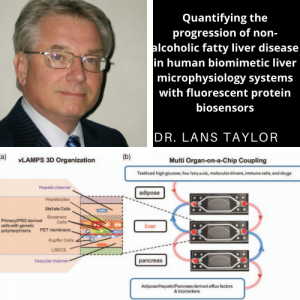
Wu X, Zhang H, Miah MK, Caritis SN, Venkataramanan R. Physiologically Based Pharmacokinetic Approach Can Successfully Predict Pharmacokinetics of Citalopram in Different Patient Populations. J Clin Pharmacol. 2019 Nov 21. doi: 10.1002/jcph.1541. PubMed PMID: 31750550.
ABSTRACT
A physiologically based pharmacokinetic model (PBPK) was built for citalopram using Simcyp-based absorption, distribution, metabolism, and excretion simulator. Various physicochemical properties of citalopram were obtained from the published literature. The in vitro-in vivo extrapolation method was used to predict clearance in humans from recombinant enzyme data. Tissue distribution was predicted using parameter estimation function to fit the developed model to the observed concentration-versus-time data using nonlinear mixed-effects modeling approach. The model was verified by comparing the PBPK-based predictions with the observed pharmacokinetic (PK) profiles of citalopram in 26 clinical studies across a dose range of 10 to 60 mg. The predicted PK parameters of citalopram after intravenous dosing were within the -10% to 22% of the corresponding PK parameters obtained from the studies with quantified data sets. Most of the predicted PK parameters of citalopram after single-dose oral administration were within the 70%-130% range of the corresponding PK parameters obtained from observed data from 8 studies. After multidose oral administration, percentage error of Cmax and AUC was between -21% and 25% and -31% and 21%, respectively. Most of the observed data were within the 5th and 95th percentile interval of the variability around the predicted plasma concentrations. With the established model, the PK profiles in geriatric populations, populations with cytochrome P450 (CYP) 2C19 and/or 2D6 extensive metabolizers or poor metabolizers were predicted, and the predictions were in good agreement with the observed data. The model developed is robust to represent the absorption and disposition of citalopram and can predict the impact of patient covariates, such as age and genetic polymorphism of CYP2C19 and CYP2D6, on exposure of citalopram.
For full text, please click here.










